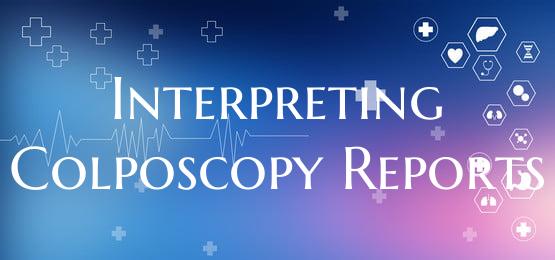
Interpreting Colposcopy Reports
Introduction: Colposcopy is a procedure that allows healthcare providers to closely examine the cervix, vagina, and vulva for abnormalities such as precancerous or cancerous lesions. Interpreting colposcopy reports is crucial for both healthcare providers and patients to understand the findings and plan further management if needed.
Key Components of a Colposcopy Report: 1. Patient Information: The report should include the patient's demographic details, medical history, reason for the colposcopy, and any relevant prior procedures or abnormalities.
2. Colposcopy Findings: This section details what the healthcare provider observed during the colposcopy examination. It includes descriptions of the color, vascular patterns, acetowhite changes, and any suspicious lesions.
3. Biopsy Results: If biopsies were taken during the colposcopy, the report will include the histopathology findings. This information is essential in determining the presence of abnormal cells and the degree of dysplasia.
4. Grading of Abnormalities: Precancerous lesions found during colposcopy are typically graded according to the extent of cell changes. Common grading includes low-grade squamous intraepithelial lesion (LSIL) and high-grade squamous intraepithelial lesion (HSIL).
5. Recommendations: Based on the colposcopy findings and biopsy results, the report will provide recommendations for further management. This may include follow-up colposcopy, additional biopsies, treatment procedures, or referrals to specialists.
6. Follow-Up Plan: The report should outline a clear plan for follow-up based on the findings. Regular monitoring and timely interventions are crucial in managing precancerous lesions and preventing the progression to cervical cancer.
Interpreting a Colposcopy Report: 1. Seek Explanation: If you are a patient, do not hesitate to ask your healthcare provider to explain the findings in simple terms. Understanding the report can help alleviate anxiety and ensure you are actively involved in your care.
2. Review Findings with a Specialist: Healthcare providers should consult with colposcopy experts or gynecologic oncologists for complex cases or ambiguous results. A multidisciplinary approach ensures the best possible management plan.
3. Follow Recommendations: Adhering to the recommendations outlined in the colposcopy report is crucial for optimal outcomes. Whether it is scheduling follow-up appointments or undergoing further treatments, timely action is key.
Conclusion: Interpreting colposcopy reports requires a comprehensive understanding of the key components and implications of the findings. Both healthcare providers and patients play vital roles in ensuring clear communication, informed decision-making, and proactive management of abnormalities detected during colposcopy. By following the recommendations and seeking clarification when needed, individuals can navigate the process with confidence and prioritize their reproductive health.